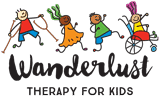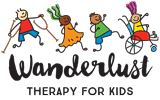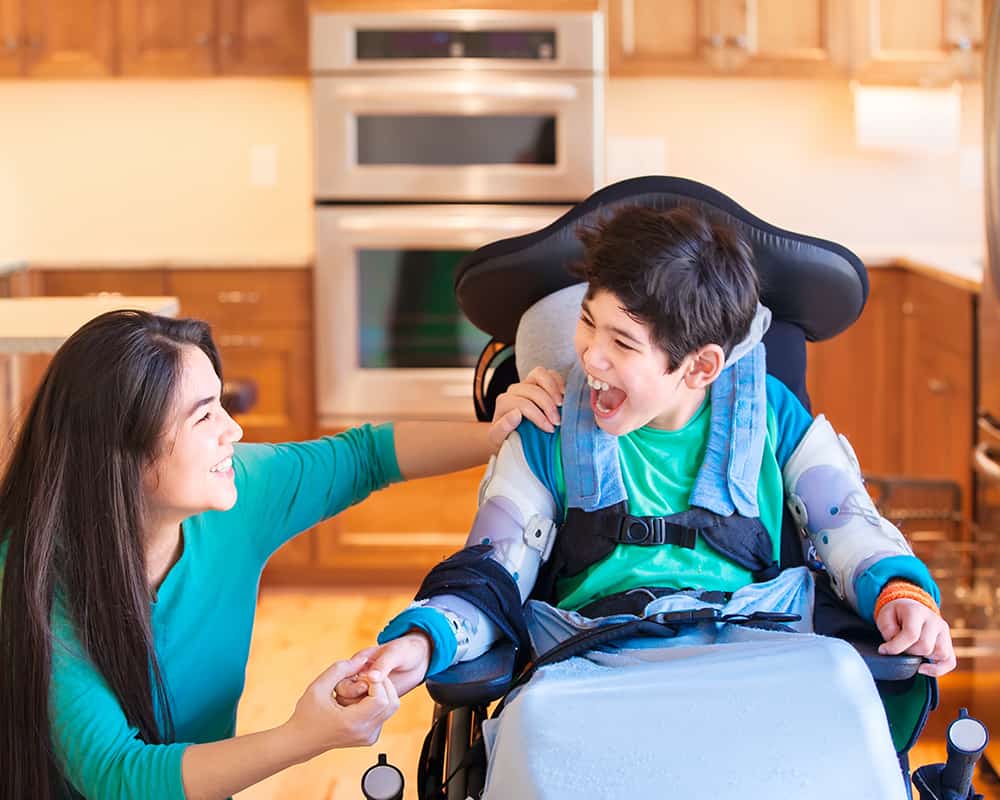Cerebral palsy (CP) is an umbrella term / diagnosis used to describe disorders that limits a child’s movement and posture. The main cause of cerebral Palsy is brain injury either before birth, during birth, or within the first few years of life.Your child’s problems are likely to be caused by injury to the parts of the brain that control movement and posture.
Other areas of the brain can also be involved, depending on the severity and area of brain injury. Cerebral Palsy is not a degenerative condition, as in it doesn’t get worse with time. But your child’s condition may change as your child grows.
Cerebral Palsy is different in every child. Some children can walk. Some may require a walker and or orthotics (splints) to help them walk. Other children require total care and use a wheelchair as their main way to get around. Some people with cerebral palsy may have:
- seizures
- communication difficulties
- behaviour problems
- difficulty with learning
- problems with hearing and / or vision
What is the Gross Motor Functional Classification System (GMFCS) and why is it used for children with Cerebral Palsy?
What are the symptoms of CP?
- Trouble with head control, sitting, crawling, or walking
- Unusual postures, involuntary movements of muscles
- Poor balance or coordination
- Shaking of arms or legs that cannot be controlled
- Stiff muscles that make it hard for your child to move
-
Difficulty learning
-
Behaviour or emotional issues
-
Difficulty with talking or communication
-
Problems with eating or drinking
-
Excessive drooling
-
Seizures
-
Difficulty becoming toilet trained
-
Difficulty with digestion or constipation
-
Problems with vision or hearing
-
Sensory difficulties
-
Sleeping problems
-
Pain
-
Hip displacement
-
Scoliosis or spine curve
-
Contractures of joints, more commonly seen in children who use wheelchairs
How is CP treated?
-
Therapy (physiotherapy, occupational therapy, speech and language, music, art, animal)
-
Inclusive sport and recreational activities
-
Medication
-
Surgery
-
Equipment (like a wheelchair, walker, bath aids, toilet aids)
-
Braces (orthotics)


